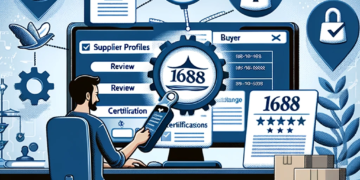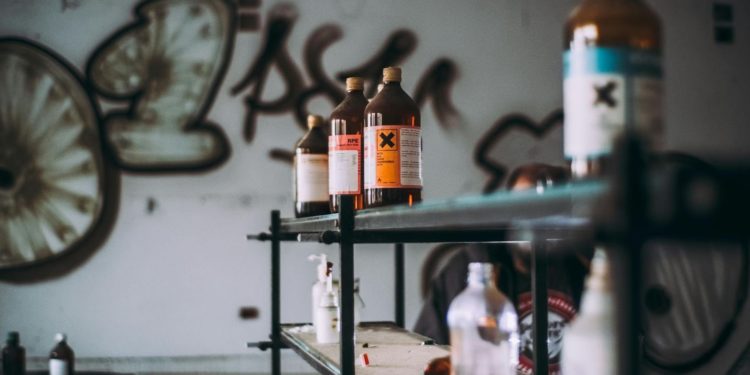Ever held a tiny vial in your hand and wondered what magic adhesive keeps the label in place despite extreme temperatures or hazardous chemicals? Lab labels might not be the star of the show, but they play a pivotal role in keeping laboratories running smoothly. If you’ve ever been curious about what makes these little tags so crucial—or how they differ depending on the job—this guide is your backstage pass.
Why Lab Labels Are More Than Just Stickers
Labels in a lab are like the unsung heroes of science. They’re not just about organization; they’re about safety, accuracy, and efficiency. Imagine the chaos if a label peeled off a sample container mid-experiment or if the writing smudged during storage. Mistakes like these can disrupt entire research projects—or worse, lead to safety risks.
Whether you’re dealing with cryogenics, flammable substances, or sensitive biological samples, each label needs to meet specific demands. It’s all about durability, legibility, and compatibility with the environment they’re in.
But here’s where it gets interesting—there isn’t a one-size-fits-all label for every scenario. Labs need a mix of specialized labels tailored to unique applications, and those options are where things get a little fascinating.
Types of Lab Labels: From Cryogenic Champs to Chemical Warriors
1. Cryogenic Labels
Picture this: a vial plunged into liquid nitrogen, where temperatures drop below -196°C. It sounds extreme because it is. Cryogenic labels are designed to stick to surfaces and remain readable in these ultra-cold conditions. They resist cracking, peeling, and fading—qualities that make them essential for preserving biological samples like cells, tissues, or DNA.
Fun fact: many cryogenic labels are made with materials that expand and contract along with the vial as temperatures change. This clever design ensures they won’t pop off when moving samples between freezers and thawing stations.
2. Chemical-Resistant Labels
Not all labels can survive a splash of ethanol or a soak in xylene, but chemical-resistant ones? They laugh in the face of harsh solvents. These labels are often used on beakers, flasks, and containers holding volatile substances.
Their secret lies in durable adhesives and coatings that repel smudging, even when exposed to aggressive cleaning agents. Perfect for labs dealing with histology or industrial chemicals, they offer peace of mind that information stays intact, no matter the conditions.
3. Autoclave-Ready Labels
Sterilization processes, like autoclaving, subject labware to extreme heat and steam—usually around 121°C. Regular labels? They don’t stand a chance. Autoclave labels, however, are built to withstand the heat without peeling or discoloring.
These labels ensure sample integrity by staying firmly attached to sterilized equipment, making them ideal for microbiology or medical research labs. Bonus: they often come with heat-sensitive markings that indicate whether sterilization was successful.
4. Tamper-Evident Labels
Security in a lab is no joke, especially when working with controlled substances or confidential data. Tamper-evident labels act like seals of authenticity. If someone tries to remove or tamper with the label, it leaves behind a visible void or residue.
This type of label isn’t just about compliance; it’s about trust. They provide a clear signal that sensitive samples haven’t been compromised.
5. Removable Labels
Ever tried peeling a stubborn sticker off a glass container? Frustrating, right? Removable labels save the day in situations where temporary identification is key.
They stick securely when needed but peel off cleanly without leaving residue behind. Labs love these for applications like short-term sample storage or reusing containers.
6. Specialty Labels for Unique Needs
Some labs require labels with barcodes for inventory tracking, color-coded options for quick identification, or even UV-resistant materials for outdoor research stations. There’s a label for just about every imaginable use case, each with its own quirks and features.
Choosing the Right Label: A Thoughtful Process
Picking the perfect lab label isn’t just about sticking with the cheapest option (pun intended). It’s about matching the label’s characteristics to its environment. Temperature, exposure to chemicals, sterilization requirements, and container material all play a role in the decision-making process.
For instance, cryogenic labels won’t work for equipment undergoing autoclaving, and chemical-resistant labels might be overkill for simple paper tags. The secret to an efficient lab is understanding these differences and stocking the right labels for every application.
Lab Labels in the Bigger Picture
At the heart of every label is the promise of precision and reliability. In a world where experiments can cost thousands—or even millions—of dollars, a misplaced or damaged label is more than just an inconvenience. It’s a potential setback for progress.
What makes lab labels so fascinating isn’t just their durability or design but their role in creating a sense of order in environments where chaos could easily reign. They may seem small and insignificant at first glance, but their impact reaches far beyond their size.
Final Thoughts
Next time you see a tiny label clinging to a frosty vial or braving the steam of an autoclave, take a moment to appreciate its quiet resilience. Lab labels aren’t flashy, but they’re the glue holding together some of the most important work in science and research.
So, whether you’re running a lab, supporting one, or just curious about the details behind the scenes, remember: even the smallest tools can make the biggest difference.











































































